Rewilding can help create a healthier, more resilient natural world. As we become ever more aware of the threats to our planet and the need to safeguard its future, rewilding offers us a crucial opportunity. But what do we mean by rewilding? The term is controversial and often misunderstood. It's frequently thought to refer to the reintroduction of apex predators, like wolves, to a landscape. Though this is often a piece of the puzzle, rewilding is about much more. Here we answer the question "What is Rewilding?"
The Problem
For thousands of years, humans have changed landscapes and disrupted natural ecosystems. We've cleared large swathes of forest for agriculture, removed large carnivores from much of their range and changed the course of rivers. We're the ultimate ecosystem engineers and the natural world has suffered at our hands. In the face of climate breakdown and global extinctions, it’s now more urgent than ever that we not only protect what we have left but also restore and rewild the ecosystems that we have destroyed.

Nature's Rhythms
This is where rewilding comes in. Rewilding is based on the premise that nature knows best how to take care of itself. We can give it a helping hand and create the right conditions by restoring vital ecosystem processes like predation, grazing, regeneration and decomposition. For example, carnivores like wolves and lynx shape ecosystems in their role as top predators. They affect the numbers and behaviour of prey species and this has a knock-on effect on the other species in the ecosystem. The impacts of these carnivores can be felt as far down the food chain as the plant species, a phenomenon known as a trophic cascade. Today, initiatives across the globe are bringing these top predators back and restoring the species and natural processes that keep the Earth’s ecosystems healthy.
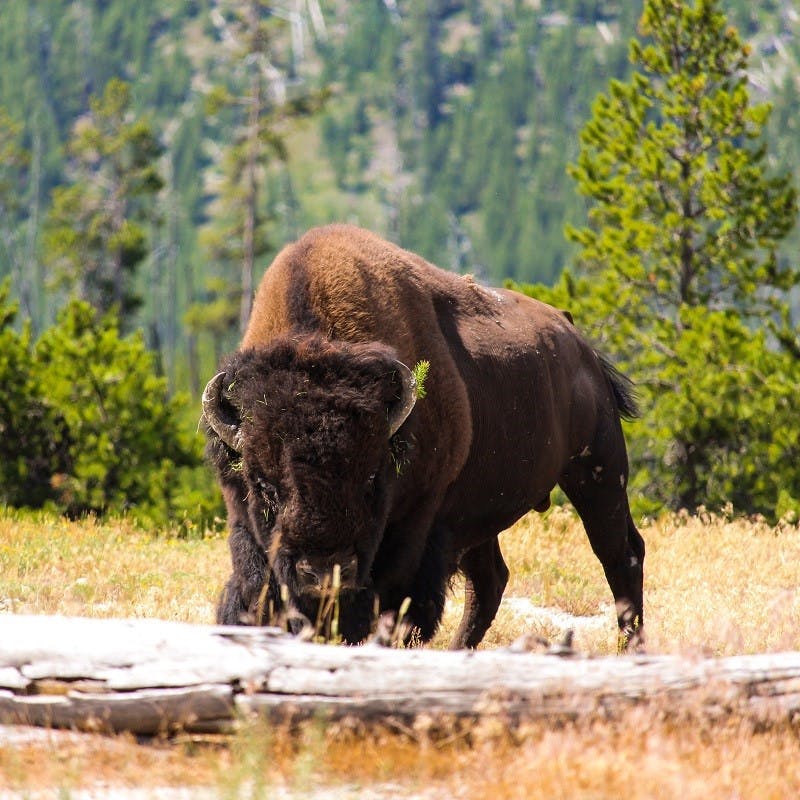
Rewilding & Us
Ultimately, within a rewilded landscape there shouldn’t be much need for active management. Nature can look after itself better and more cost-effectively than we can. Rewilding is therefore about reducing human control over the land. It does not mean removing people from the land entirely. In fact, in these wilder landscapes, people and planet can flourish together.
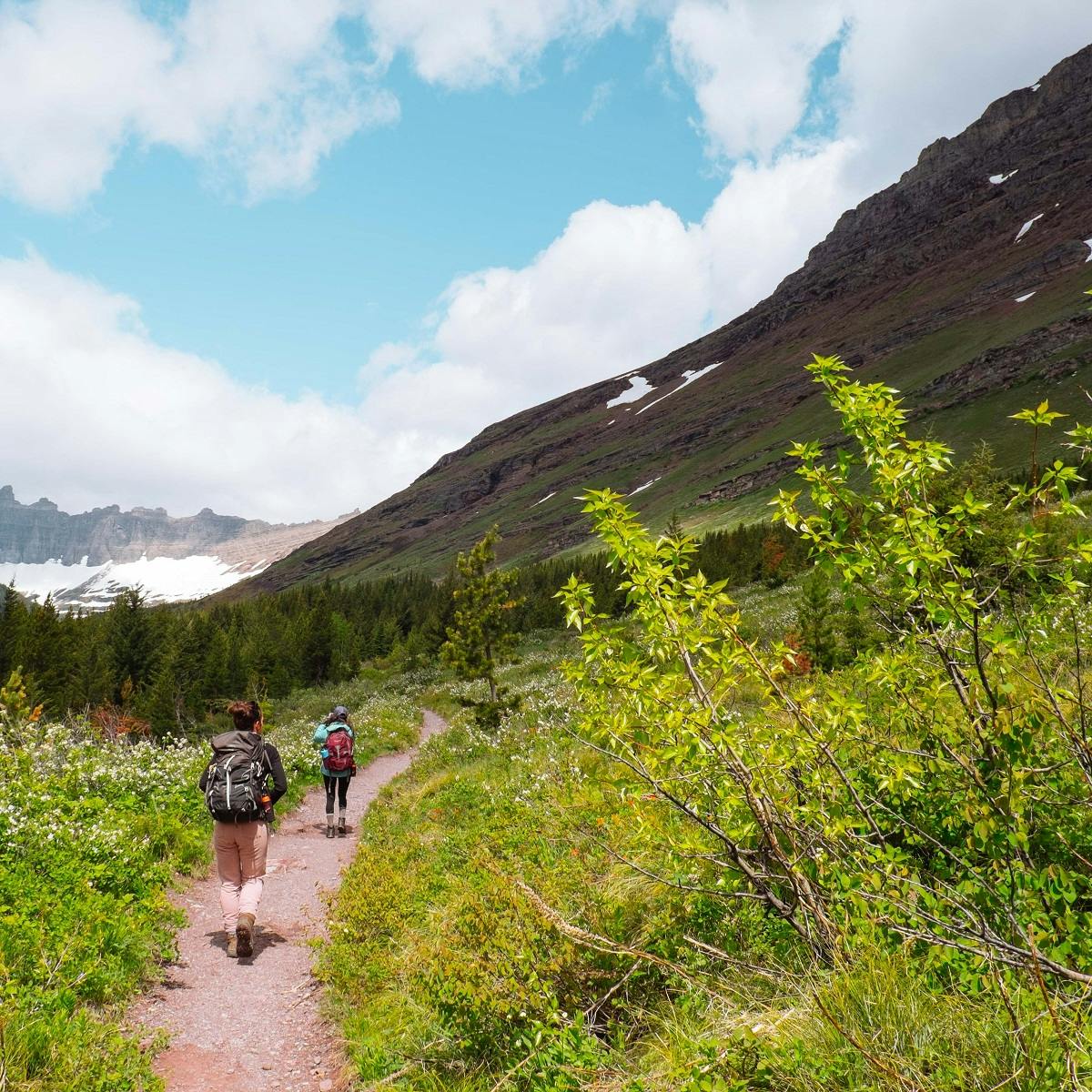

Take action now
Do you want to have a direct impact on climate change? Sir David Attenborough said the best thing we can do is to rewild the planet. So we run reforestation and rewilding programs across the globe to restore wild ecosystems and capture carbon.
Get involvedRewilding for Everyone
Much of the bad attention that rewilding has seen has come from it being misunderstood and negative connotations attached to it. Our disconnect from nature certainly plays a role too. It’s easy to see rewilding as a scary, dangerous venture with wolf packs to be soon roaming through our streets. However, these are truly far-fetched notions. Learning more about how ecosystems work, the need for biodiversity, and the actual behaviour of animals, are the best ways to put an end to these damaging ideas.
This is why significant effort must be invested in implementing rewilding projects so locals in close proximity are promised the security of their livelihoods. For farmers who already have financial burdens, an influx of top predators which could kill livestock would come as unwelcome news. Education and communication are absolute paramount to ensure those who may be affected, are given necessary resources and can mitigate against any potential impacts. Our project supporting livestock guarding dogs is designed to address one such issue.
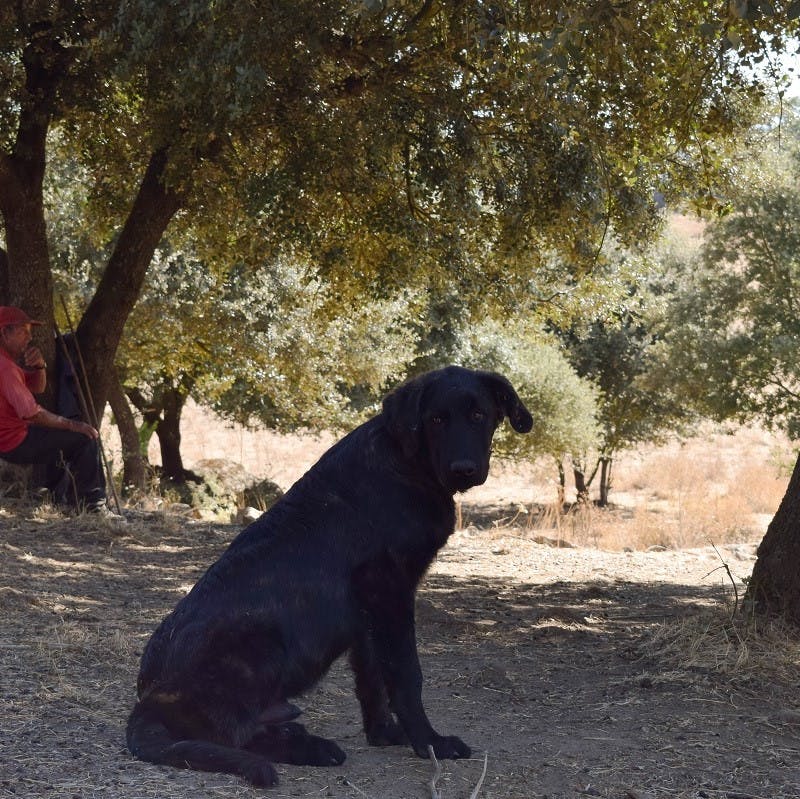
Benefits of Rewilding
When nature is healthy, it can provide us with abundant products and services, from food and medicine to flood defences and cool air. It offers rural communities economic opportunities through things like wildlife-based tourism. It makes us feel better too. Connecting with nature is good for our mental and physical health. Of course, it's good for the non-human animals that inhabit our earth too. Top predators and grazers are reclaiming lost ground across the globe while rare plants and insects are making a comeback in regenerating forests. These healthier, more intact ecosystems can also help us fight against climate breakdown by keep carbon stored in plants and soil.
To learn more about the benefits of rewilding, we also recommend reading our Reasons For Rewilding and Trophic Cascades articles.
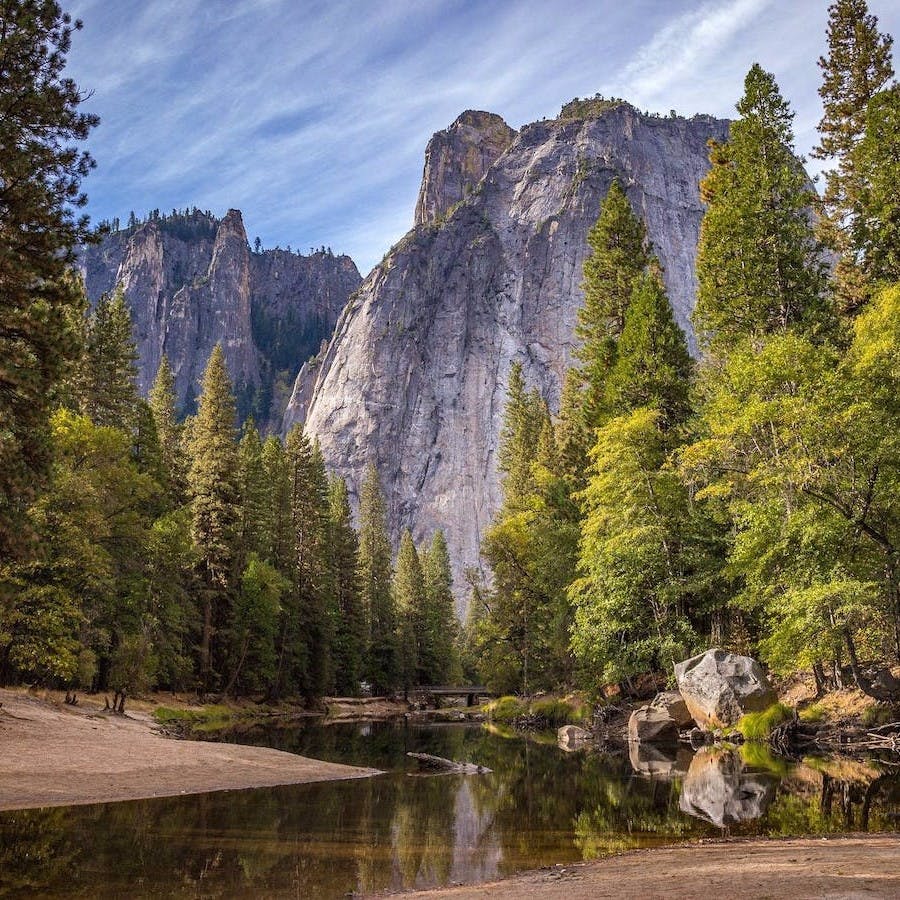
Small Scale Rewilding
There are lots of opportunities for you to personally engage in rewilding, whether it is rewilding your garden into a wildlife-friendly zone of native wildflowers, writing to local councils to leave roadside verges uncut, or volunteering at your local wildlife trust or green space. You could also support one of the many conservation organizations working to restore the world's degraded habitats and protect endangered wildlife. Alternatively, you could sign up as a Mossy Earth member to contribute to monthly rewilding interventions across the globe.

Rewilding Our Cities
Rewilding can take on other forms too and by looking at the city of Singapore (the Garden City), we see their green initiatives and active encouragement of nature as true potential of what rewilding plans can look like.
Since the 1960’s, the city-state Singapore has been implementing strategies to ensure that they maintain and increase green spaces, despite the continued and unavoidable urban expansion. With a focus on improving living standards and welfare of its population, laws and strategies were put into effect which made property planners required to replant the same amount of green space as they remove for building. This has spurred a spectacular movement of green buildings and a lush verdant cityscape with forest cover actually increasing in stride with the city.
Local areas of biodiversity have too been protected. Even on a simple walk around the city you can spot magnificent wildlife from giant otters to endangered langur monkeys or the unusual hornbill.
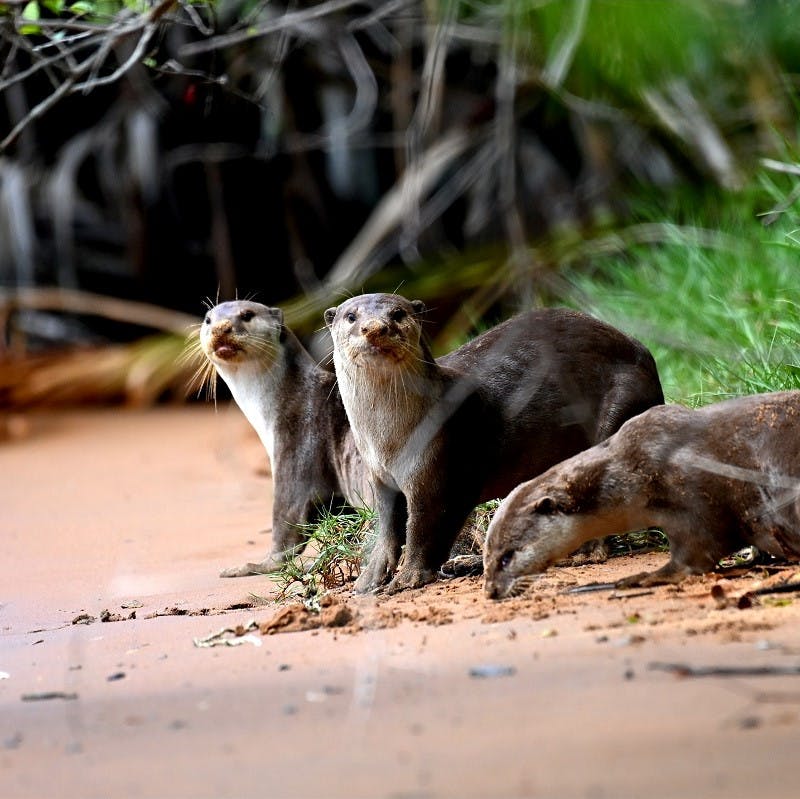
Embracing Change
Rewilding focuses on restoring ecosystem processes. Landscapes are not restored with a fixed set of end goals in mind. It’s not about rebuilding what once was, but about supporting a constantly evolving, ecologically dynamic landscape. Through rewilding, we can create a future in which our natural world is allowed to work without interruption to shape our landscapes. In doing so, we can help bring wilderness back from the brink.
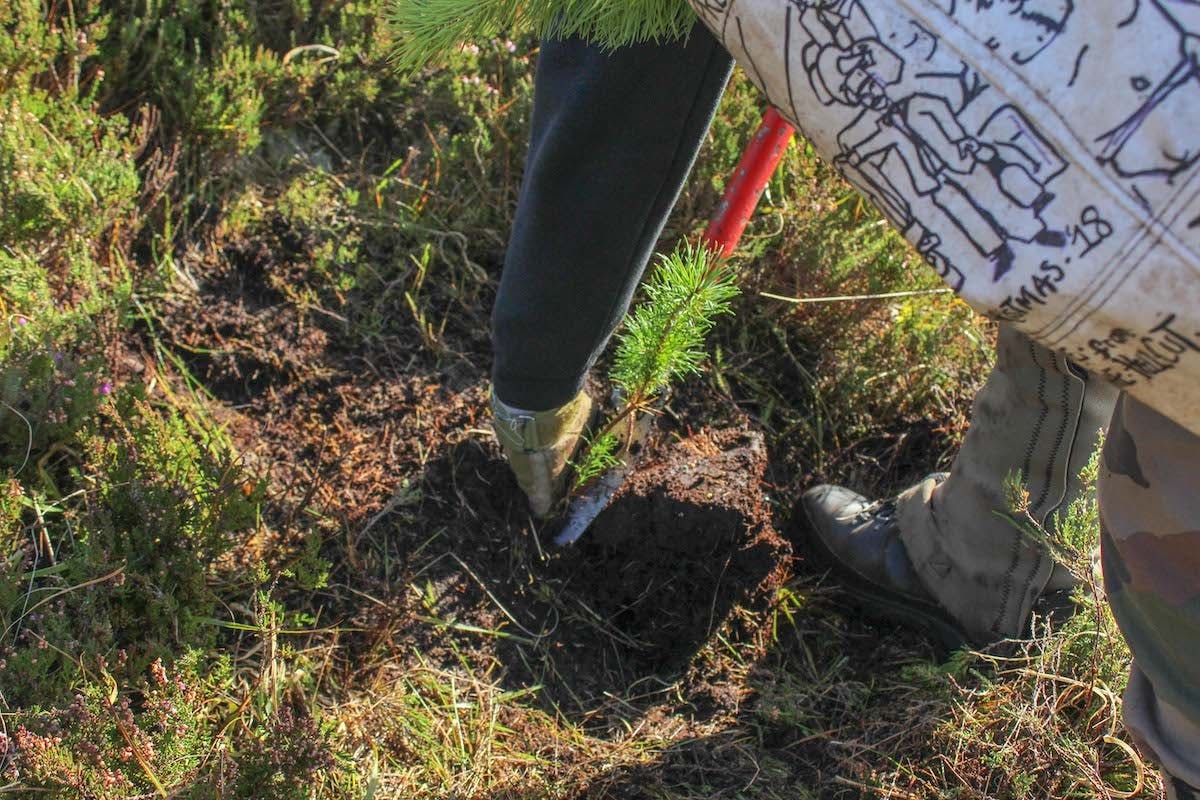
Glossary of terms
Climate Breakdown: Referring to the irreversible changes to the climate that are a direct result of human activity. It is a term that moves away from global warming and highlighting the urgency of action as unpredictable weather changes will become more common place.
Decomposition: This is a state where organic matter decays, rots and is then turned into simpler matter which is transferred to its surroundings. This process is aided by microorganisms as well as fungi and bacteria which help disintegrate the decomposing matter.
Predation: The act of one species killing another as a food source. This interspecific relationship occurs when one species from a higher trophic level, preys on the species from a lower level of the food chain.
Prey Species: These are the species of lower trophic levels that are hunted by predator species for food.
Regeneration: When we talk about regeneration, we refer to the natural (or sometimes artificial) replanting of native forests. It is the re-growing of trees, where trees used to be. It’s preferable to stand back and let nature take its course although if the area has been heavily exploited, manual planting and extra care will be necessary to ensure growth
Sources & further reading

- “Rewilding in a European context” - University of Oxford
- “Feral: Searching for Enchantment on the Frontiers of Rewilding” - George Monbiot
